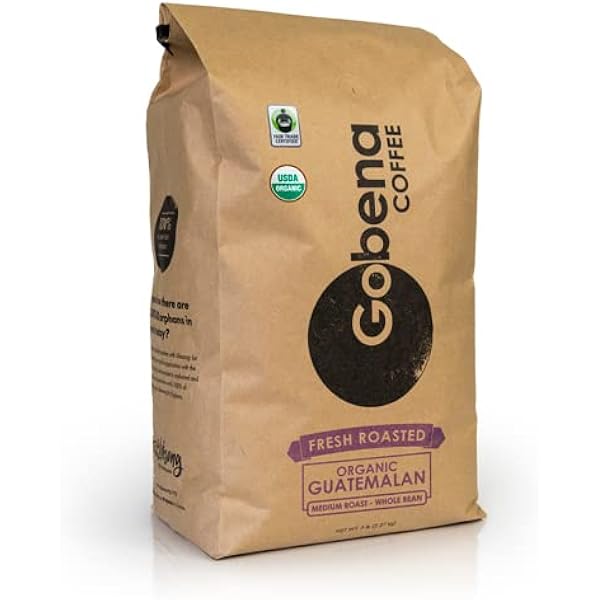
Understanding Coffee Origins
Geography matters in coffee. Learn how altitude, climate, and soil affect bean characteristics and flavor profiles across different growing regions.
Journey through the world of coffee beans, from farm to roast. Explore origins, processing methods, roast levels, and flavor profiles to understand what makes each coffee unique.

Geography matters in coffee. Learn how altitude, climate, and soil affect bean characteristics and flavor profiles across different growing regions.

Discover the philosophy behind single origins and blends. Learn when to choose traceable single-farm coffee versus expertly crafted blends.
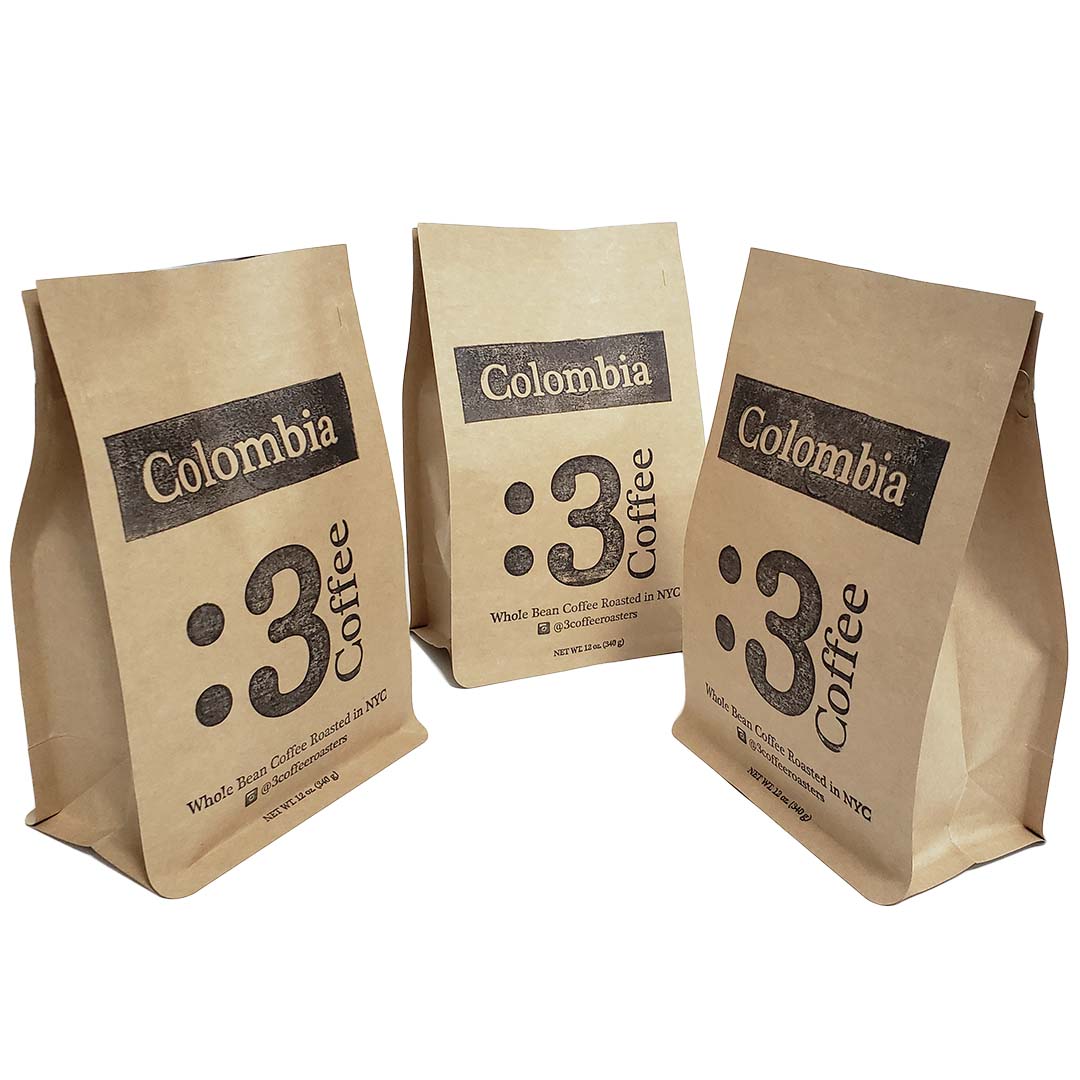
From Colombia to Guatemala, explore the characteristic flavors, growing conditions, and processing methods of Latin American coffee regions.
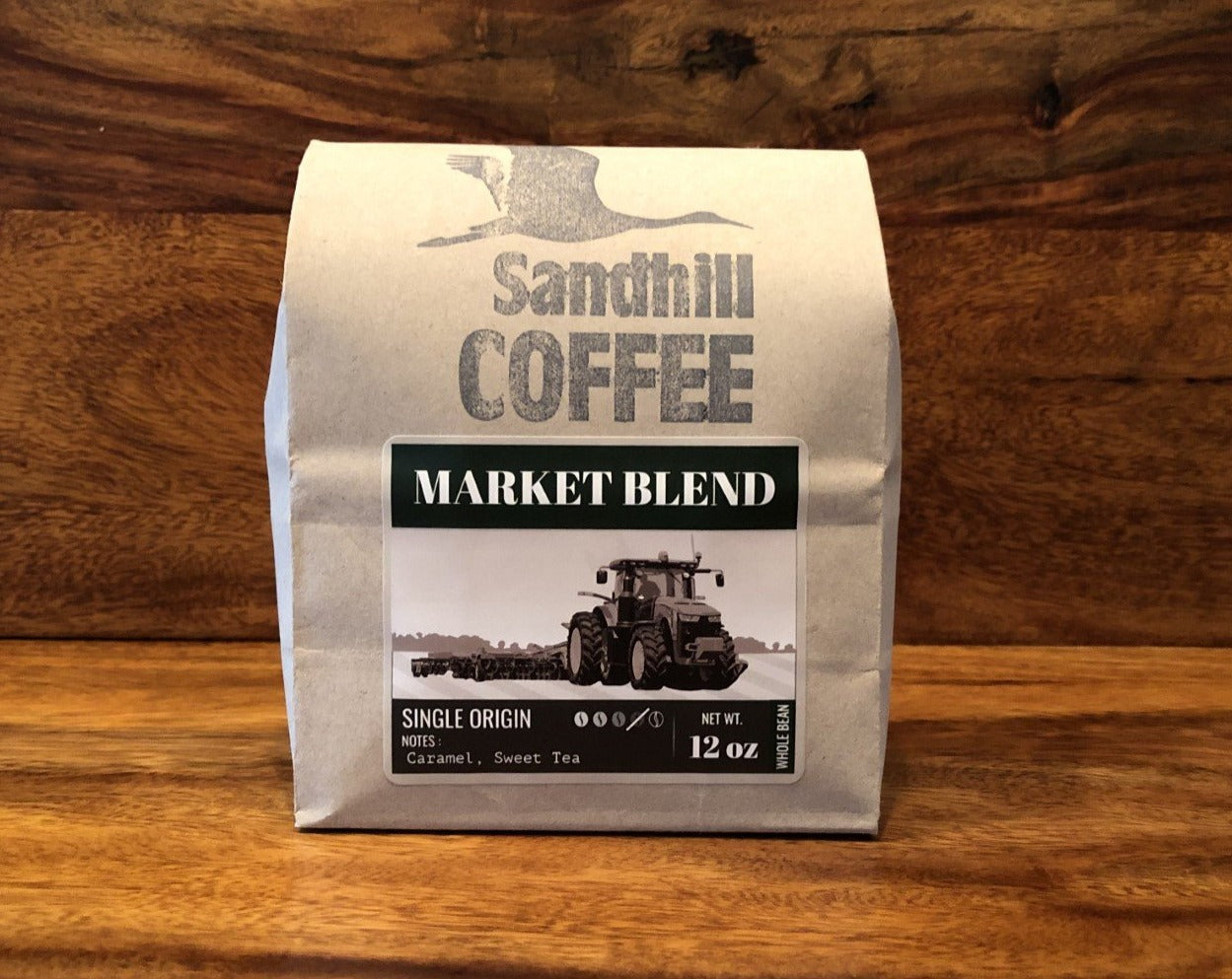
Ethiopian and Kenyan coffees offer unique flavor profiles. Learn about heirloom varieties, washing processes, and distinctive cup characteristics.
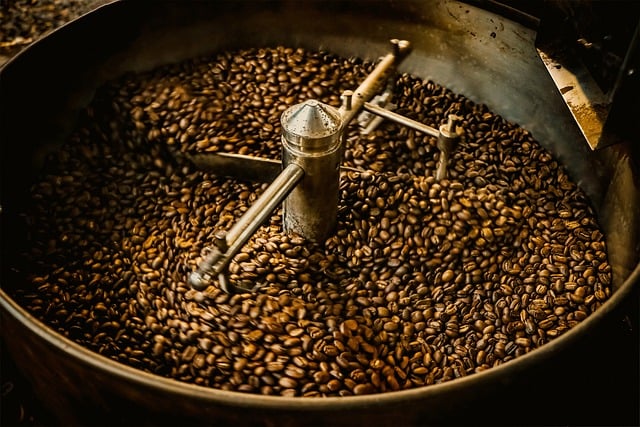
From light to dark: understand how roast levels affect flavor, aroma, and body. Learn to choose the right roast for your brewing method.
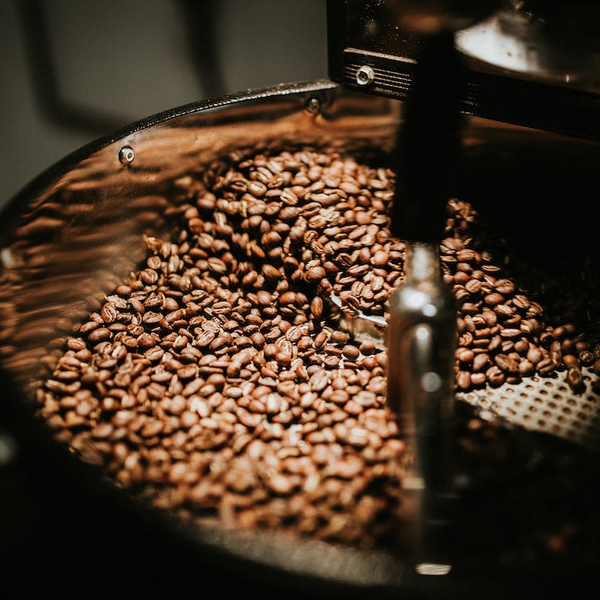
Maillard reaction, caramelization, and pyrolysis. Understand the chemical changes during roasting that create flavor compounds.
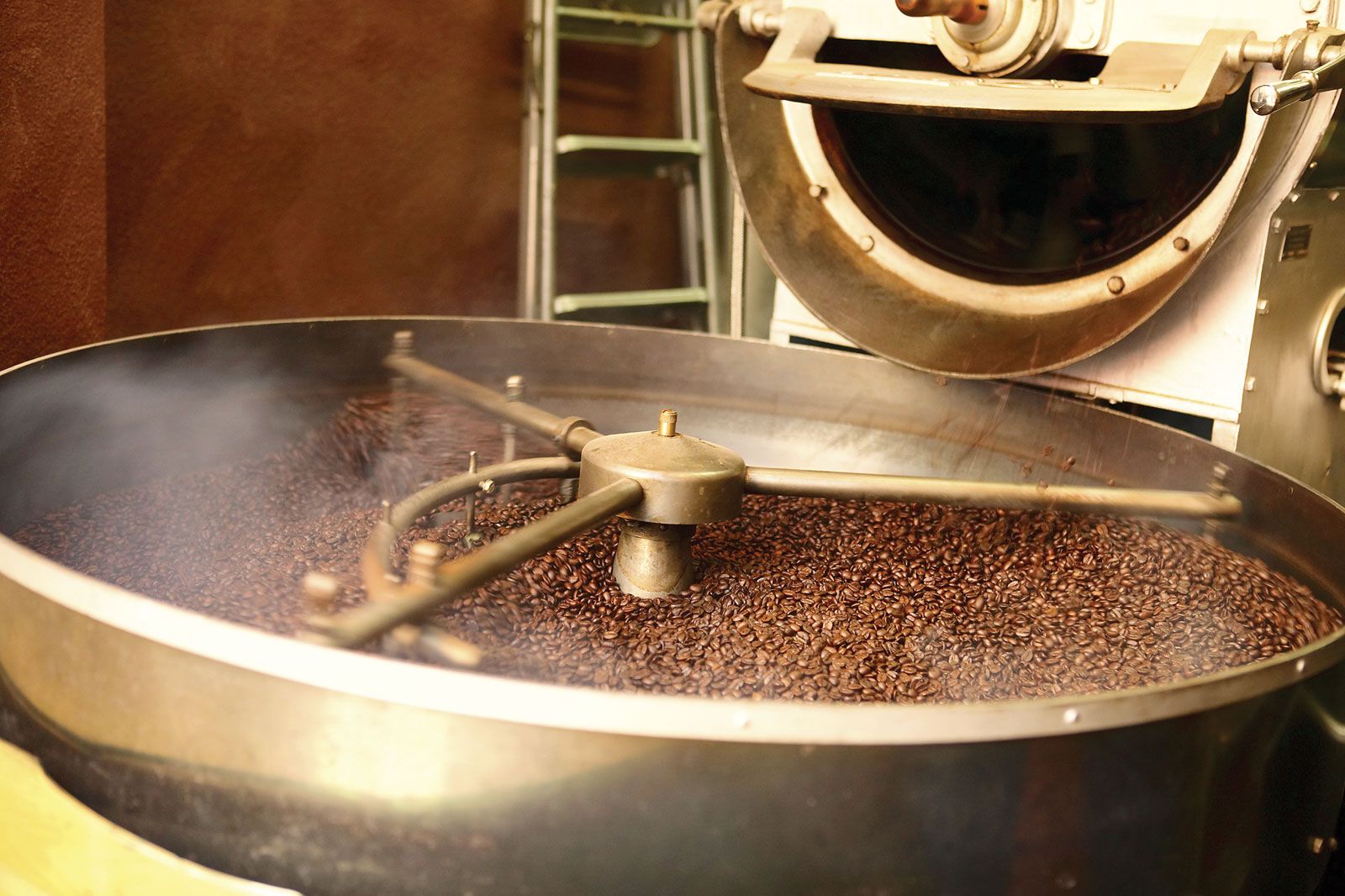
When is coffee too fresh? Learn about degassing periods, optimal rest times, and how roast date affects brew quality.
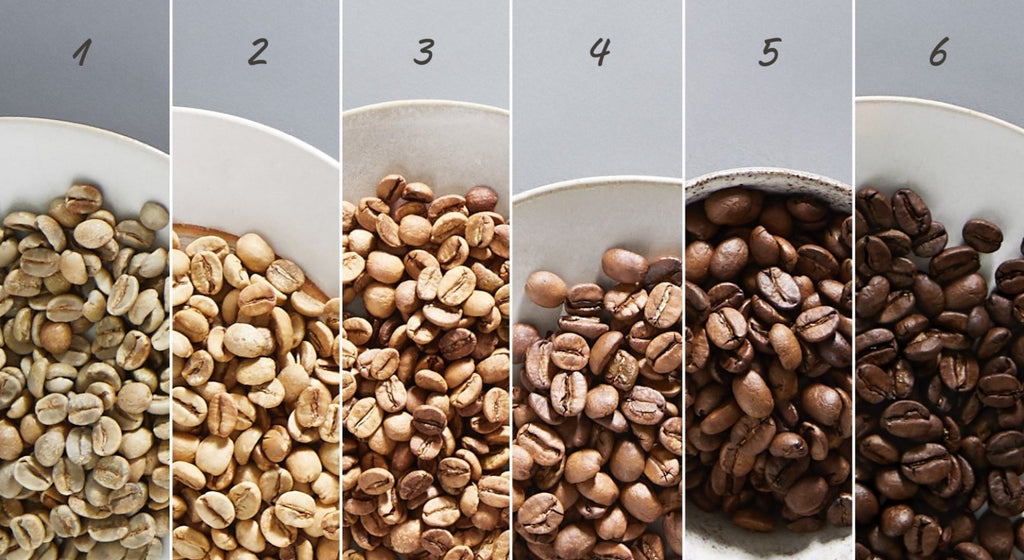
Start roasting at home with different methods: air poppers, skillets, and dedicated roasters. Control your roast profile for unique flavors.
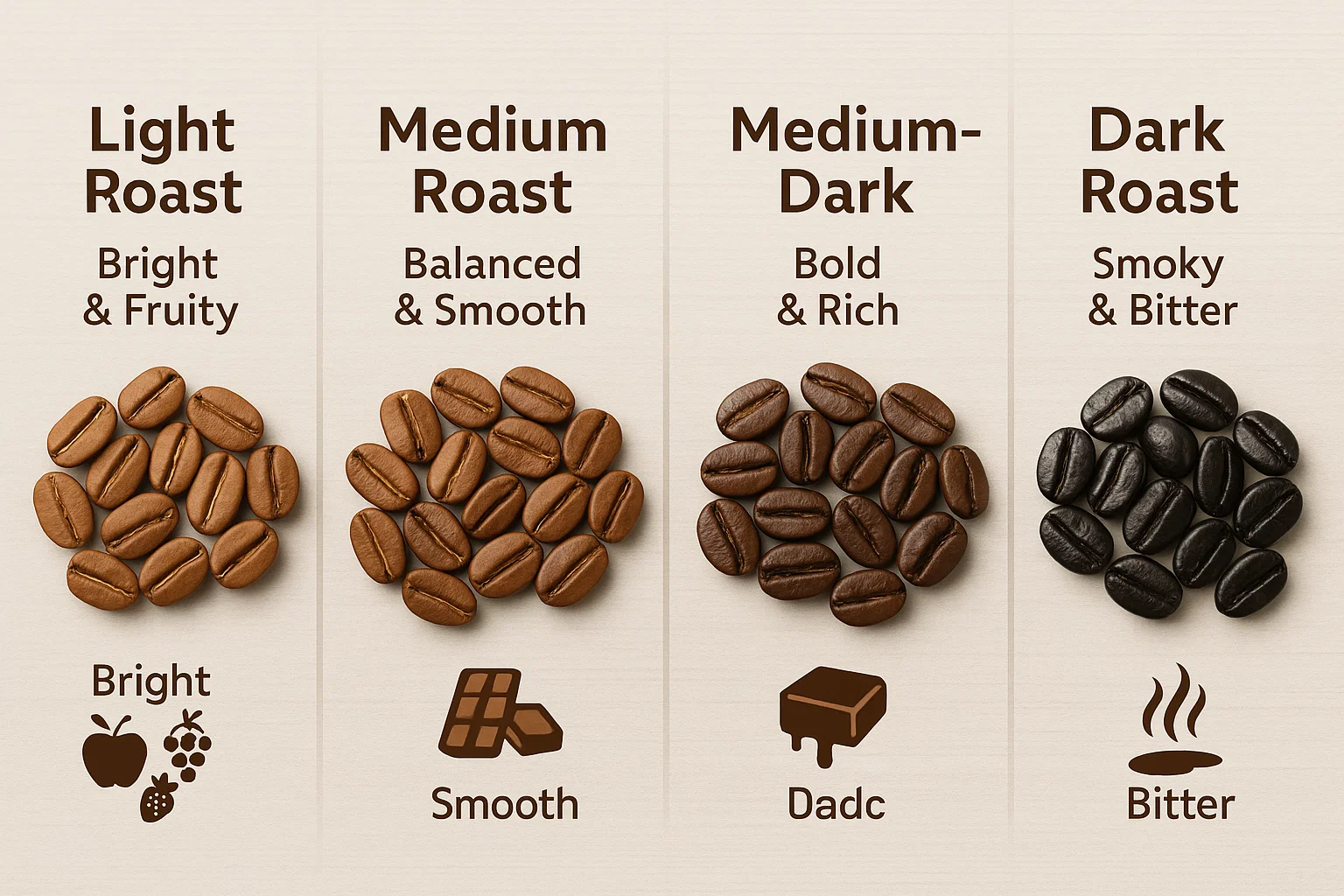
Advanced roasters control temperature curves, charge temperature, and development time. Learn how profile affects final cup characteristics.

Processing method affects flavor. Learn the differences between washed, natural, and honey process coffees and their impact on cup profile.

Explore honey process variations (white, yellow, red) and experimental fermentation methods that create unique flavor profiles.

Modern processing innovations like anaerobic fermentation create distinctive fruit-forward flavors. Understand these experimental techniques.

Indonesian coffees use unique wet-hulled processing. Learn how this method creates earthy, full-bodied characteristic flavors.

Two main coffee species have distinct characteristics. Understand differences in flavor, caffeine content, and growing conditions.

Discover ancient Ethiopian varieties and their unique genetic traits. Learn about bourbon, typica, and other classic varietals.

Modern breeding programs created hybrids like caturra, catuai, and castillo. Learn about yield, disease resistance, and flavor impact.

Explore rare varieties like gesha, pacamara, and maragogype. Understand what makes these coffees special and expensive.

Professional coffee evaluation uses standardized cupping protocols. Learn to identify flavors, aromas, and quality characteristics.

Navigate the coffee flavor wheel to identify tastes and aromas. From fruity to nutty, learn common flavor descriptors.

Good acidity adds complexity and liveliness to coffee. Learn to identify malic, citric, and phosphoric acids in your cup.

Ethical sourcing certifications affect farmer livelihoods. Understand fair trade, direct trade, and transparency in coffee sourcing.

Environmental impact of coffee farming. Learn about organic certification, shade-grown methods, and biodiversity conservation.

Navigate specialty coffee labels, tasting notes, and origin information. Make informed decisions when buying quality beans.

Coffee harvesting follows seasonal patterns. Learn when different origins are in season and how this affects freshness and availability.